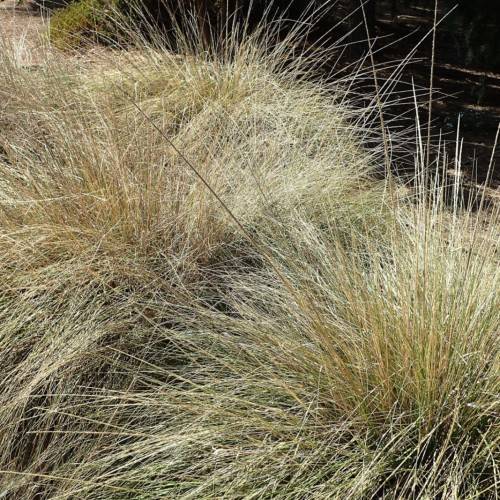
deergrass
Muhlenbergia rigens
Cycle:
Perennial
Watering:
Minimum
Hardiness Zone:
6 - 9
Flowers:
Flowers
Sun:
Full sun
Leaf:
Yes
Growth Rate:
Low
Maintenance:
Low
Drought Tolerant:
Yes
Salt Tolerant:
Yes
Care Level:
Medium
watering
Deergrass (Muhlenbergia rigens) should be watered weekly, using about 1 inch of water per week. This should be done early in the morning or the evening, and allowed to dry between waterings. During the hottest part of the summer, deergrass should be watered more often (up to 3 times a week), as long as the soil does not become overly saturated. In general, however, deergrass is very tolerant of heat and drought, so be sure not to over-water.
sunlight
Deergrass (Muhlenbergia rigens) prefers sun exposure for 6-8 hours per day. The plant should be placed in an area where it receives direct sunlight in the morning and partial shade in the afternoon to protect it from harsh sun exposure and heat. Deergrass can tolerate some light shade but its flowering and growth will be reduced if it does not receive enough light.
pruning
Deergrass (Muhlenbergia rigens) should be pruned twice a year - once in late fall and again in early spring. Pruning in the fall helps to encourage good air circulation but may also cause some damage to the plant. In the spring, prune dead shoots or regions that are overcrowded. Focus on cutting the plants back near the base, rather than removing whole stems. Late spring is also an ideal time for “shaping” deergrass, making it look tidy and attractive. Remember to limit pruning to 1/2 - 2/3 of the plant's total height. Too much pruning can stunt its growth and harm its overall health.
